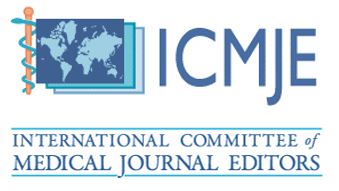Five Parapremolars in A Non-Syndromic Patient: A Case Report
DOI:
https://doi.org/10.51200/bjms.vi1.5024Keywords:
supernumerary teeth, premolars, parapremolars, non-syndromic Supernumerary Teeth, malocclusionAbstract
Supernumerary teeth mainly manifest as a single tooth at 80%, 15-20% as two teeth, 3–4% as three teeth and 1% for four teeth and above. The prevalence of parapremolars among non-syndromic patients ranges between 0.24 to 9.1%. This case report aims to describe non-surgical management and review the protocol of a patient present with multiple supernumerary teeth. A 19-year-old student came for incremental dental care at Form 6 College with no active chief complaint. The patient does not have any significant medical, dental, family, or social history. Upon examination, 3 fully erupted supernumerary teeth were found intraorally on the premolar region on the mandible with 2 on the right and 1 on the left. There was also poor oral hygiene and dental caries on this patient. A radiographic investigation was conducted on concerning areas and another two unerupted supernumerary teeth were discovered, one on both left premolar regions of the maxilla and mandible. Treatments were carried out such as filing, scaling and oral hygiene reinforcement. The patient was not interested in the removal of non-functioning supernumerary teeth and orthodontic treatment. During the 6-month review, his plaque score has reduced significantly with the absence of new dental caries and periodontal disease. Currently, he is under annual review. Multiple supernumerary teeth cause crowding and difficulty for patients to maintain good oral hygiene. Oral hygiene reinforcement during each review is crucial to improve the patient’s oral hygiene status and reduce caries risk. In cases where a patient does not wish to remove supernumerary teeth, it is important to recall them for review and annual radiographic assessment. Long-term follow up needed to monitor any pathological findings of supernumerary teeth. Early detection of the eruption of supernumerary teeth during annual dental check-ups is crucial to prevent and intercept the development of dental malocclusion. Dental health awareness plays a role in helping patients seek treatment for their oral conditions.
Downloads
Published
How to Cite
Issue
Section
License
All articles are published under the Creative Commons Attribution-NonCommercial (CC BY-NC 4.0) license, enabling users to read, download, copy, distribute, and adapt the material for non-commercial purposes, provided proper credit is given to the original authors and the source. This model supports transparency, accessibility, and the global exchange of medical knowledge.








1.png)



